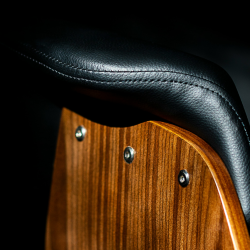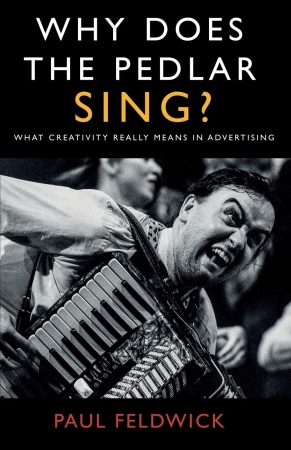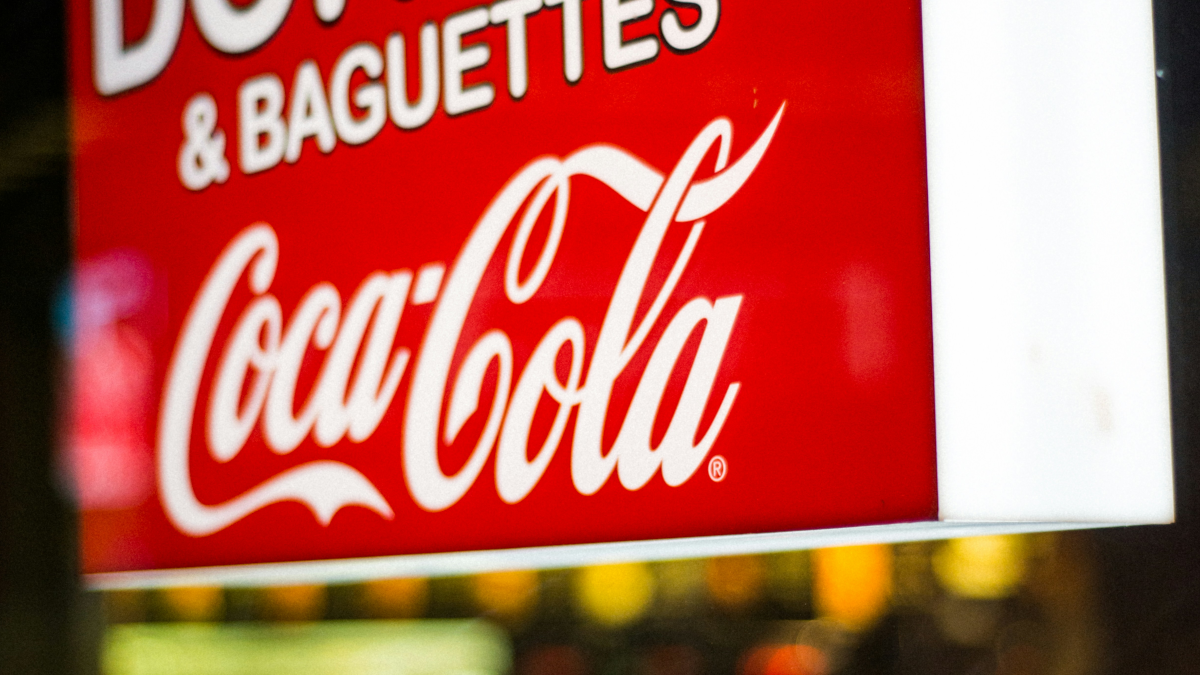Using humour in advertising doesn’t just make people laugh or smile. It can be a critical tool in getting brands that much-needed asset — fame. It does this subtly but effectively, using a technique that’s been used for years by global brands such as Škoda, McDonald’s and IKEA.
Here’s how it works:
Humour often functions by playing with a commonly-held view or fact. Take this joke: Did you hear about the cargo ship carrying yo-yos? It sank 44 times. This plays on our knowledge of what yo-yos do — obviously, they go up and down. Take another joke: How many members of U2 does it take to screw in a light bulb? One — Bono holds the light bulb and the world revolves around him. Here, the commonly-held belief is that Bono is a man not lacking in self-esteem… you get the idea.
Now, let’s see how this applies to advertising…
In the UK, back in the 1980s, the Czech-made Škoda car was ridiculed mercilessly. Czechoslovakia (as it was then) was a communist state; the fact that Škodas were ugly and awful to drive — some early models were even made without a fuel gauge — seemed to epitomise the late stage of communism: broken, deluded and pitiful. Here’s a typical joke:
What do you call a Škoda at the top of a hill? A miracle.
But then, in November 1989, everything changed. The Berlin Wall fell. Millions of people across central and eastern Europe had their first taste of political and cultural freedom. In rapid succession, communist regimes across eastern Europe tumbled, leading to a wave of pro-democracy movements. As for Škoda, how could they advertise their cars in this strange new world? Sure, they could have focused on the benefits of their cars, but people still thought they were rubbish. So here’s what they did:

Look at the tagline: Škoda. No, really, Škoda. Meanwhile, this is the kind of TV ad you would have seen:
Essentially, Škoda played off our common knowledge. People were already familiar with the horrible reputation of their cars. By giving it this new spin, the brand created that much-needed gift: fame.
In his brilliant book about creativity in advertising, Why does the Pedlar Sing?, Paul Feldwick argues that a key ingredient of fame is exactly this balance between novelty and familiarity. The example he gives are Elvis’ early records: they were almost all cover singles. But what Elvis did with those covers was inject them with new life. All of a sudden a young generation woke up to a new phenomenon, called rock and roll.
That said, a brand doesn’t have to be in a crisis (like Škoda) to use this technique. Instead, it can take a famous person — a celebrity, in other words — and use this person as the key tool in their funny ads. Starting in 1995, Gary Lineker was the face of Walkers Crisps for a staggering 28 years. He was already widely known and admired as a footballer, holding the record for England goals in the World Cup. In particular, he was seen as squeaky clean; during his entire playing career he never got a red or yellow card.
So what did Walkers do? They riffed on this common knowledge. A well-behaved, well-loved footballer would be dull. So why not make him nasty? Why not make him the kind of man that steals crisps off children? This was the motivation behind almost three decades of ads. Here’s the very first:
As the ad itself says: ‘no more Mr Nice Guy’. It’s the same Gary Lineker — but different. The big question is, however, what was the commercial impact of these campaigns? For Škoda, in 1991, the year of Volkswagen’s takeover, they were producing 172,000 cards per year.
By 2018, this had soared to 1.2 million cars being sold in over 100 countries; the all-electric Enyaq SUV has been widely praised, selling in vast numbers worldwide. As for Walkers, it’s in solid health, producing a staggering 11 million bags of crisps per day while their factory in Leicester is the biggest crisp factory in the world. Like Škoda, they’ve innovated; their oven-baked range contains 70% less fat.
In a vast meta-analysis of humour in advertising, undertaken in 2009, one key conclusion was that humour makes people more likely to buy. Škoda and Walkers realised this, using humour to create lasting brand fame. Though there’s a world of difference between a Czech-made car and a packet of crisps, their use of humour transformed — and continues to transform — their brands.
Featured image: Yasin Tetik / Pexels




































